In a fast-paced world, more Americans are turning to ancestral rituals fueling inner stability, with a surprising stat revealing that 35% of U.S. adults now incorporate some form of traditional practice into their daily routines, according to recent surveys. This resurgence isn’t just a fad; it’s rooted in a quest for mental clarity amid rising stress levels. From Native American smudging ceremonies to African-inspired ancestor veneration, these time-honored methods are gaining traction in urban settings, helping people combat anxiety and foster emotional resilience. Experts say it’s a backlash against modern disconnection, offering grounded ways to restore balance.
1. Smudging with Sage
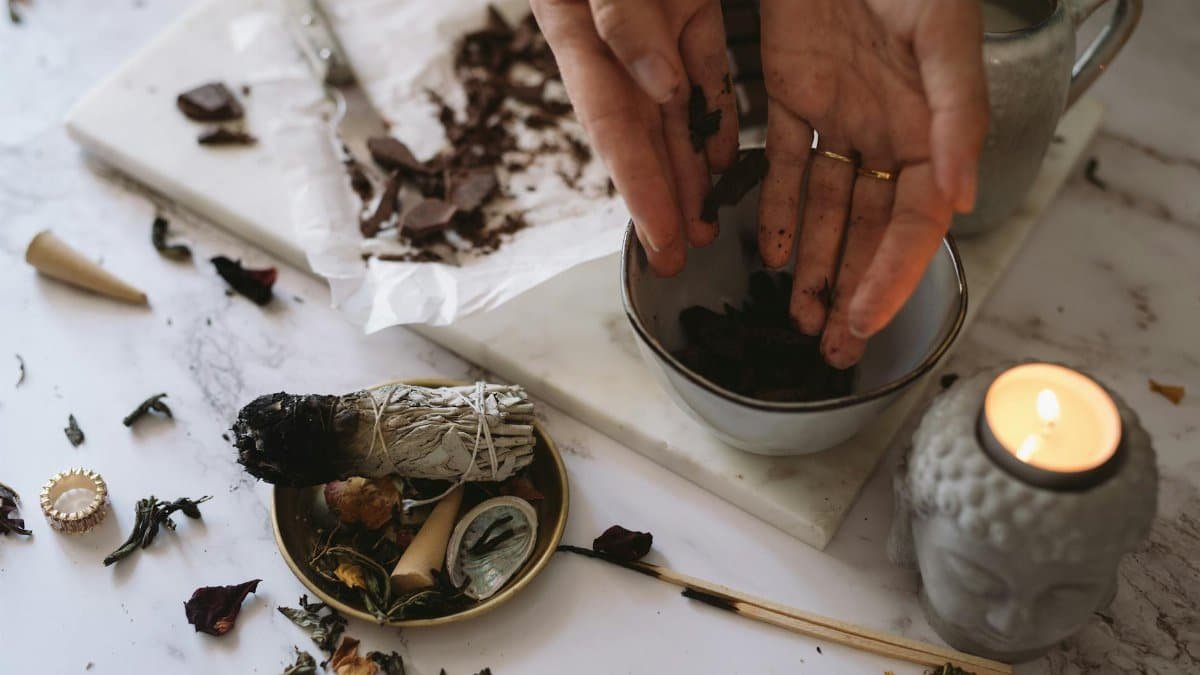
Smudging, a Native American ritual involving burning sage to cleanse spaces and auras, is seeing a boom in popularity. Practitioners light bundles of white sage, wafting the smoke to dispel negative energy. In 2025, wellness centers across the U.S. report a 20% uptick in smudging workshops, linking it to reduced stress. A study from the University of California highlights how such aromatic rituals can lower cortisol levels. It’s simple: ignite the sage, let it smolder, and move it around your home or body while setting intentions for peace.
2. Ancestor Altars
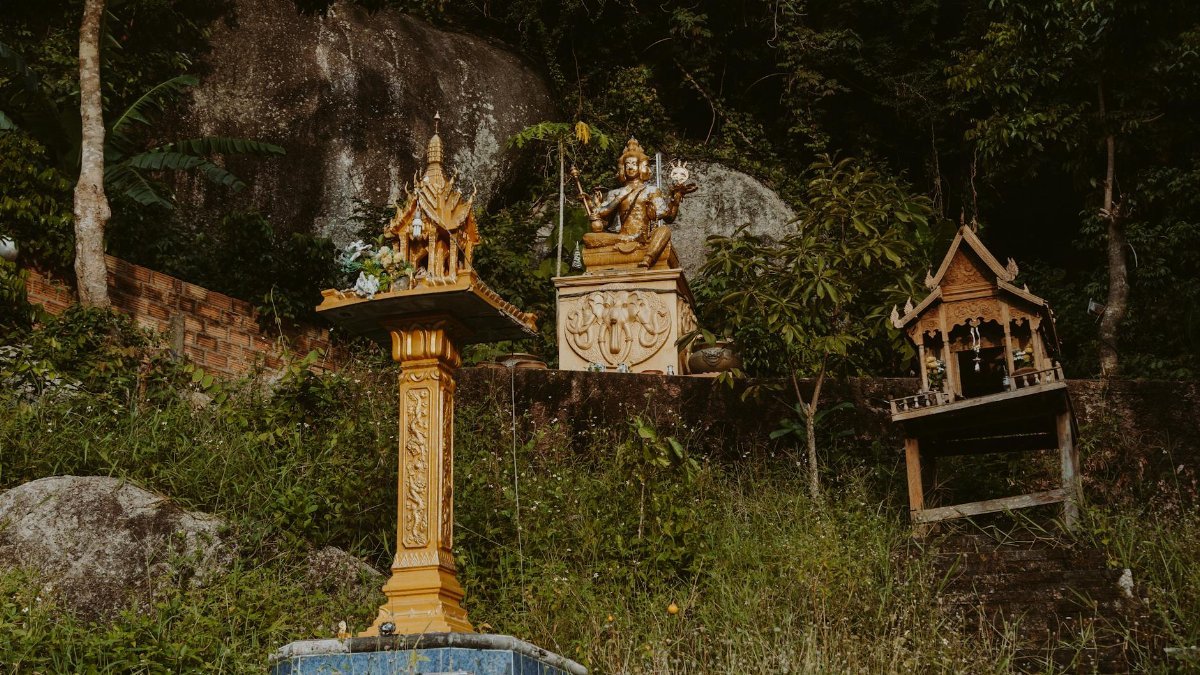
Building an ancestor altar draws from various cultural traditions, like those in Mexican Day of the Dead practices or African spiritual customs. Users place photos, mementos, and offerings to honor forebears, fostering a sense of continuity and support. This ritual fuels inner stability by providing emotional anchors during tough times. Recent data from Pew Research shows growing interest in spiritual ancestry among millennials. To start, choose a quiet spot, add personal items, and spend a few minutes daily in reflection or prayer.
3. Grounding in Nature

Earthing, or grounding, harks back to indigenous practices of connecting barefoot with the soil. Advocates claim it stabilizes mood by absorbing the Earth’s electrons. In U.S. parks, guided grounding sessions are popping up, with participants reporting better sleep and focus. A 2023 review in the Journal of Environmental and Public Health supports its benefits for inflammation reduction. Try walking barefoot on grass for 15 minutes, breathing deeply to sync with natural rhythms and release built-up tension.
4. Ritual Bathing
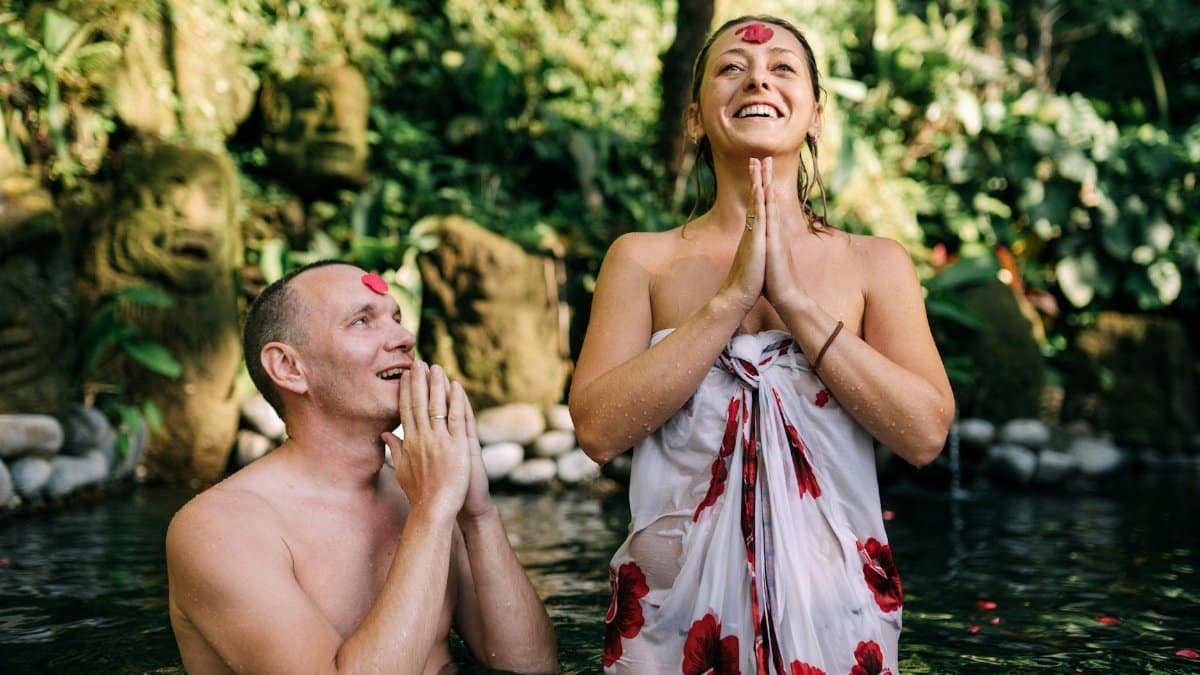
Drawn from ancient Roman and Japanese traditions, ritual bathing involves infusing water with herbs, salts, or oils for purification. It’s a staple in modern self-care, promoting inner calm through sensory immersion. Spas in cities like New York are offering ancestral-inspired baths, with clients noting improved mental clarity. Research from the National Institutes of Health links hydrotherapy to stress relief. Prepare by adding Epson salts and lavender, soaking while visualizing worries washing away.
5. Chanting and Mantras
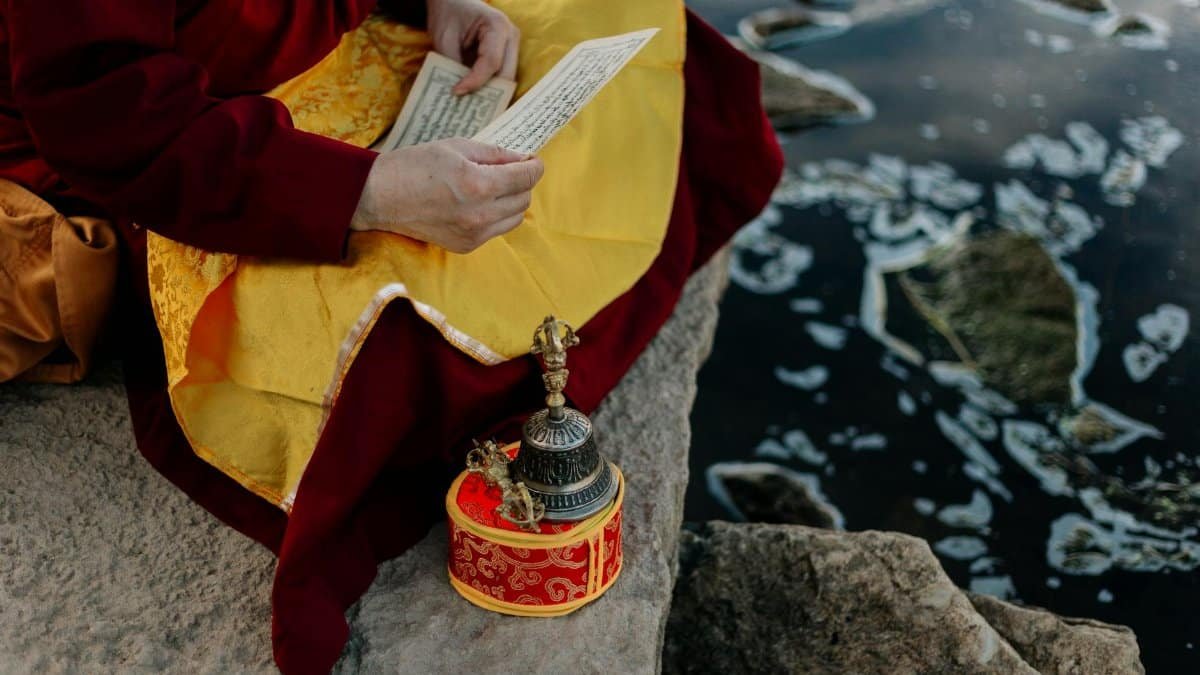
Chanting, rooted in Vedic and Tibetan rituals, uses repetitive sounds to center the mind. Simple mantras like “Om” vibrate through the body, fueling stability by quieting mental chatter. Yoga studios nationwide are integrating these into classes, with a surge in attendance post-pandemic. A study published in the International Journal of Yoga demonstrates chanting’s role in anxiety reduction. Begin with five minutes daily, focusing on the sound’s resonance to build inner resilience.
6. Fire Ceremonies

Inspired by Hindu and Native American fire rituals, these involve writing intentions on paper and burning them to release or manifest. It’s a powerful way to process emotions, enhancing stability through symbolic letting go. Community fire circles are trending in 2025, especially in California retreats. Findings from Harvard’s mind-body research underscore ritual’s psychological benefits. Safely light a fire in a contained space, burn your notes, and meditate on the flames for transformation.
7. Herbal Infusions
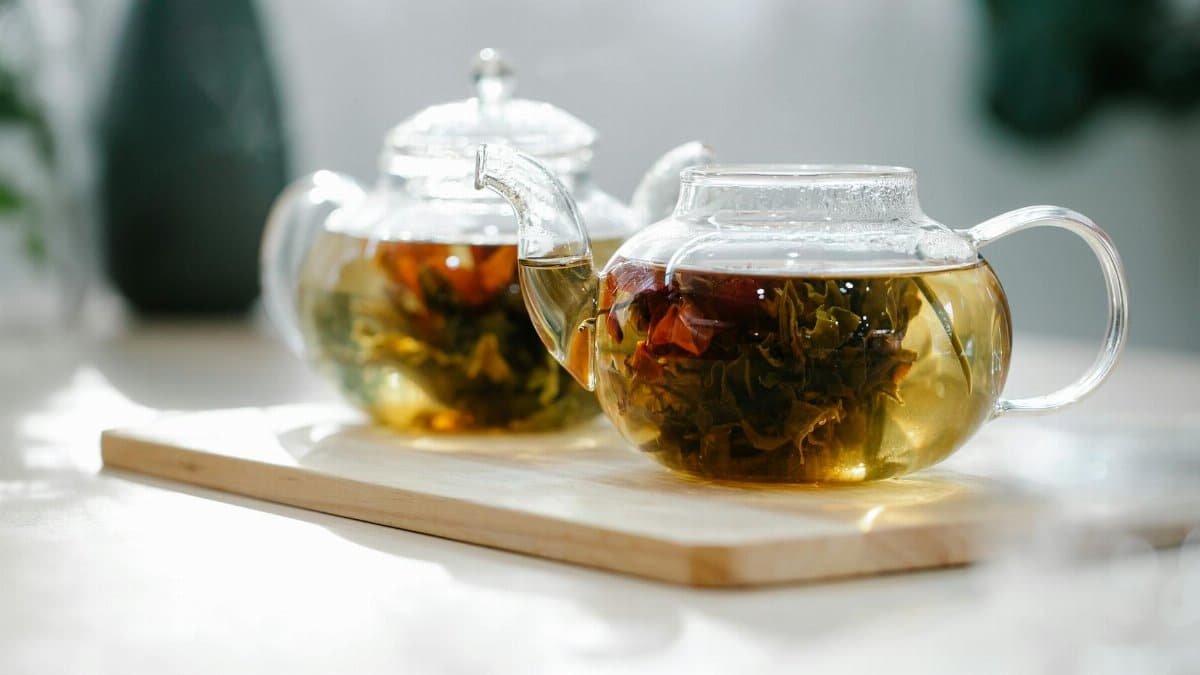
Ancestral herbal rituals, like those from European folk medicine or Chinese traditions, involve brewing teas for inner harmony. Herbs such as chamomile or valerian root calm the nervous system. U.S. herbal markets are booming, with sales up 15% last year per industry reports. The National Center for Biotechnology Information details chamomile’s anxiety-reducing effects. Steep your chosen herb, sip mindfully, and pair with quiet reflection.
8. Moon Phase Tracking
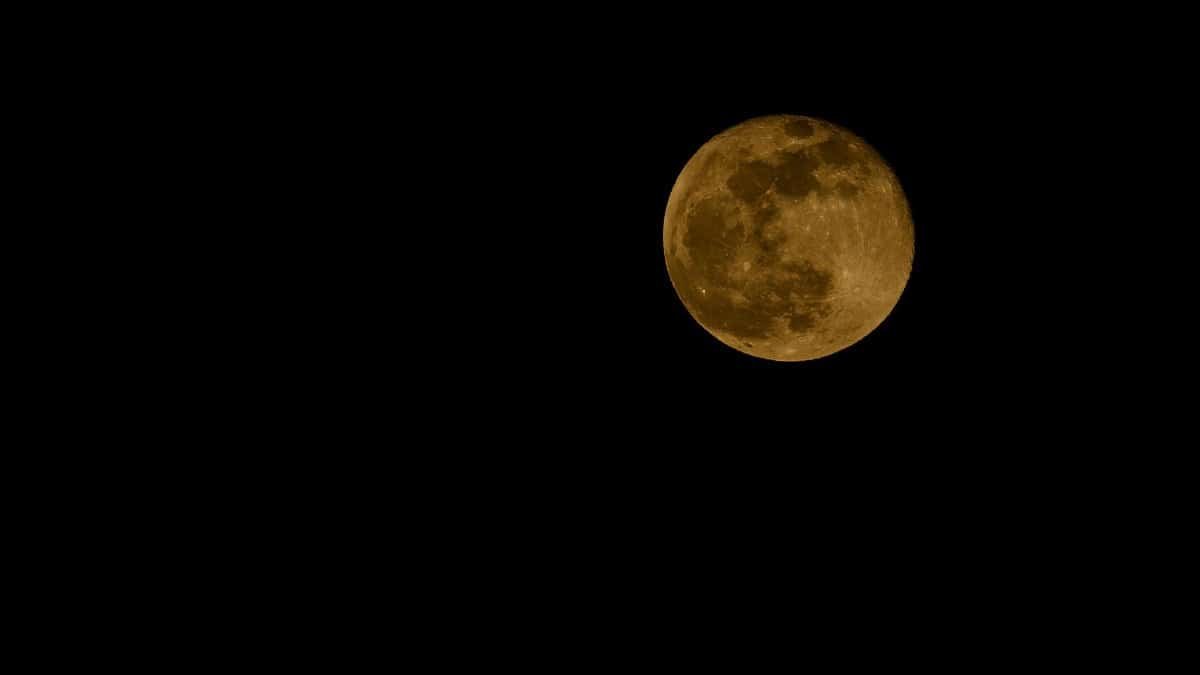
Tracking lunar cycles, a practice from ancient Celtic and Mayan cultures, aligns personal energy with natural rhythms. Full moons for release, new moons for intentions; it builds stability by syncing with cosmic patterns. Apps and journals for this are popular among young Americans. A report from the Pew Research Center notes rising spiritual practices. Keep a moon journal, noting emotions and setting goals accordingly.
9. Drumming Circles
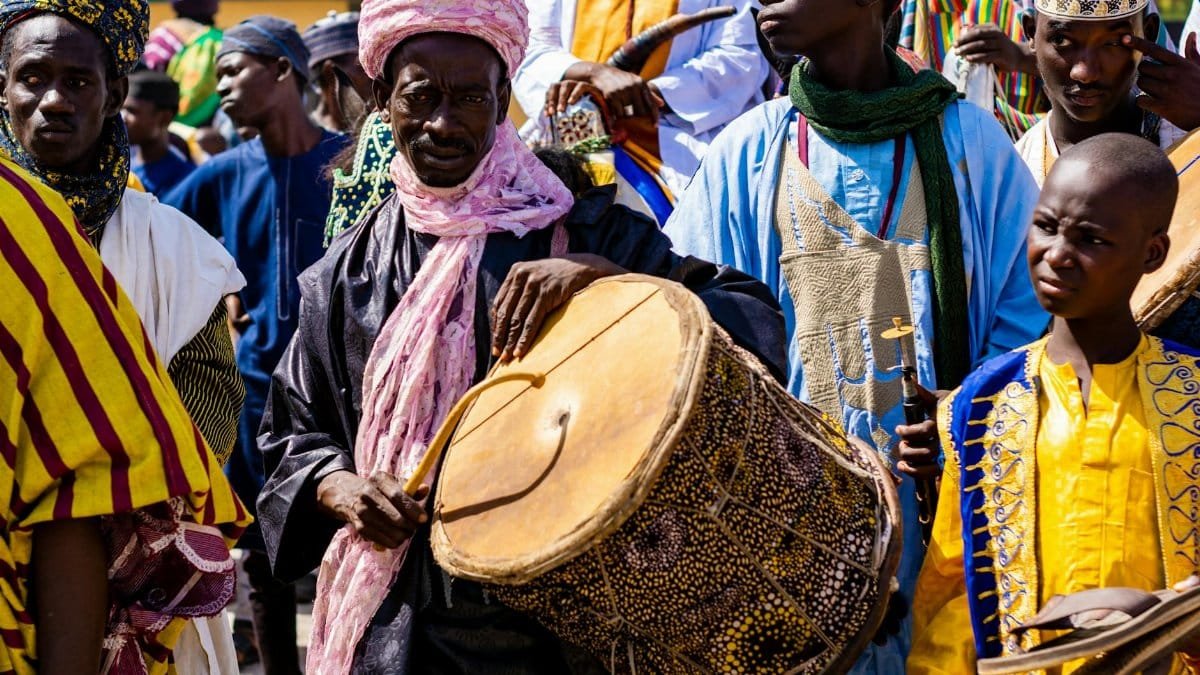
Drumming, echoing African and shamanic rituals, creates rhythmic vibrations that ground participants. Group sessions foster community and inner peace through shared beats. Urban drumming events are on the rise, aiding stress management. Studies in the Journal of Music Therapy link rhythmic activities to emotional regulation. Join or start a circle with hand drums, focusing on the pulse to harmonize your inner state.
10. Gratitude Offerings

From Indigenous thanksgivings to Buddhist practices, offering gratitude through small tokens like food or prayers cultivates contentment. It fuels stability by shifting focus to abundance. In 2025, gratitude rituals are integrated into therapy sessions nationwide. Positive psychology research from the University of Pennsylvania supports its mood-boosting effects. Daily, express thanks verbally or with an offering, reinforcing a stable, positive mindset.
